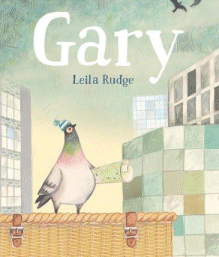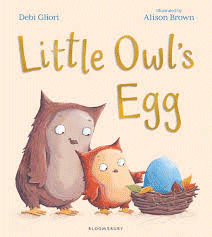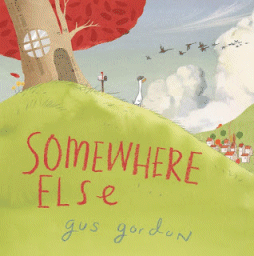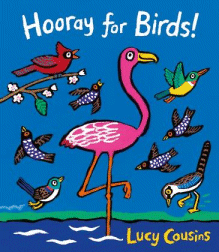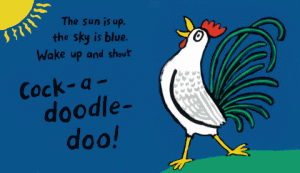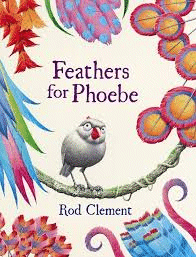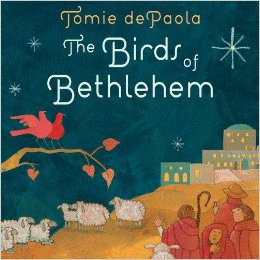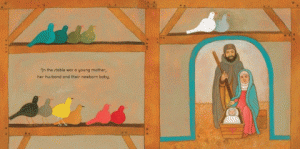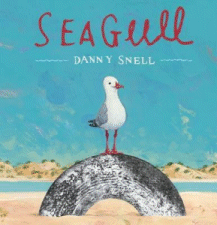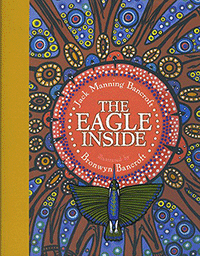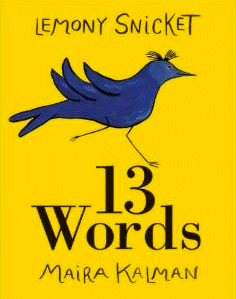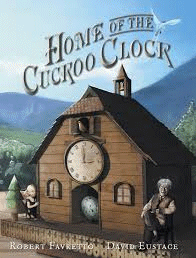
Home of the Cuckoo Clock
Home of the Cuckoo Clock
Robert Favretto
David Eustace
Ford Street, 2016
32pp., hbk., RRP $A24.95
9781925272253 (hbk)
9781925272260 (pbk)
Deep in the Black Forest nestles the village of Schoenwald, frozen in time – but a somewhat chaotic time for there were no clocks and people did things when they felt like it (or remembered) rather than according to hands making a particular pattern on a numbered face. One day a weary cuckoo lands in a pine tree and is dismayed to see the disorder and disarray in the village and so the next morning, and every morning after that, this natural time-keeper for Nature sang out. What a difference this regular greeting made. Until one night a huge storm brought the cuckoo’s pine tree crashing down and the cuckoo was blown off the mountain and way down into the valley…
Superbly illustrated in a calm palette and with intricate detail (including a hidden egg on each page) that draw the reader into this isolated village in a beautiful part of the world, this is a perfect story for introducing children to the concept of time and the need to have some order and continuity in our lives. Little ones will have lots of fun imagining what would happen at home or school if everyone could do what they liked when they liked and I can imagine two contrasting murals being created with each child contributing a vignette. Having explored the world of no-time, they could then be introduced to the vocabulary of time – before, after, during, now, then, soon, morning, afternoon, evening, night, dusk, dawn, first, next, last – and the skills of sequencing. Those wanting greater challenges could explore how and why the day is divided into the chunks it is; time zones; time pieces; what they can achieve in a given period of time… Time is the most abstract concept to teach but it is the one that is most prevalent in our lives. To have such a unique story and such stunning illustrations to kickstart its investigation is such a gift.
Students could also have lots of fun enacting a storm (complete with sound effects) so fierce that the cuckoo was blown away as well as predicting what will happen to the village. How could the problem be solved? what role might Franz, the village craftsmen have in that?
The sound of the cuckoo might be unfamiliar to some so they could listen to it and discuss why it might be preferable to that of a rooster as a wake-up sound. This could lead into an investigation of familiar bird calls or the reasons behind the ‘dawn chorus’. This could lead into an investigation of familiar bird calls or the reasons behind the ‘dawn chorus’ as well as setting up a bird-watching station and identifying the common and seasonal birds which visit the school playground. And of course, there is always the old favourite round, Within the Shady Thicket
Maths, science, history, music and English outcomes could all be explored in this one title.
Further teaching notes are available.
